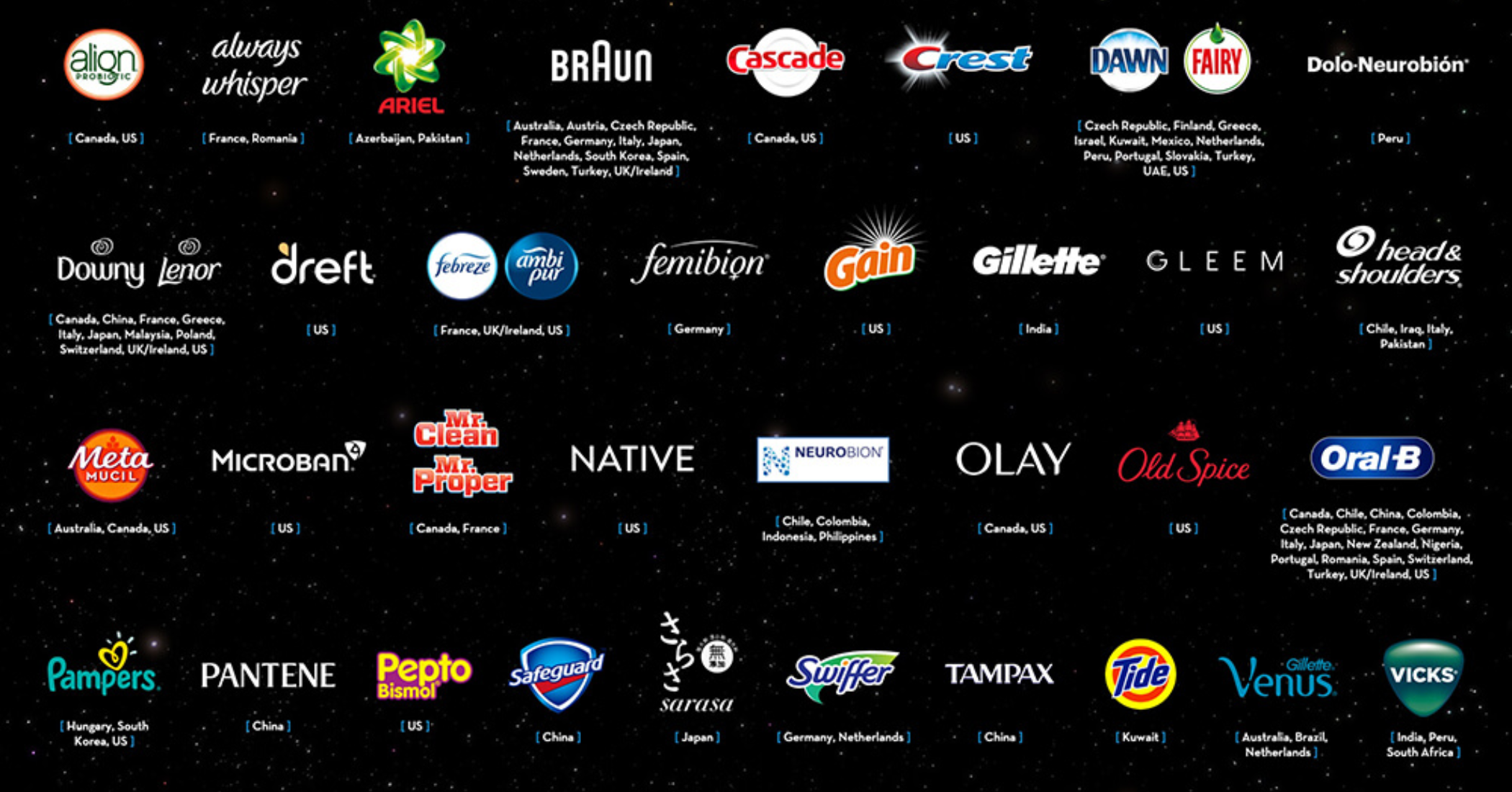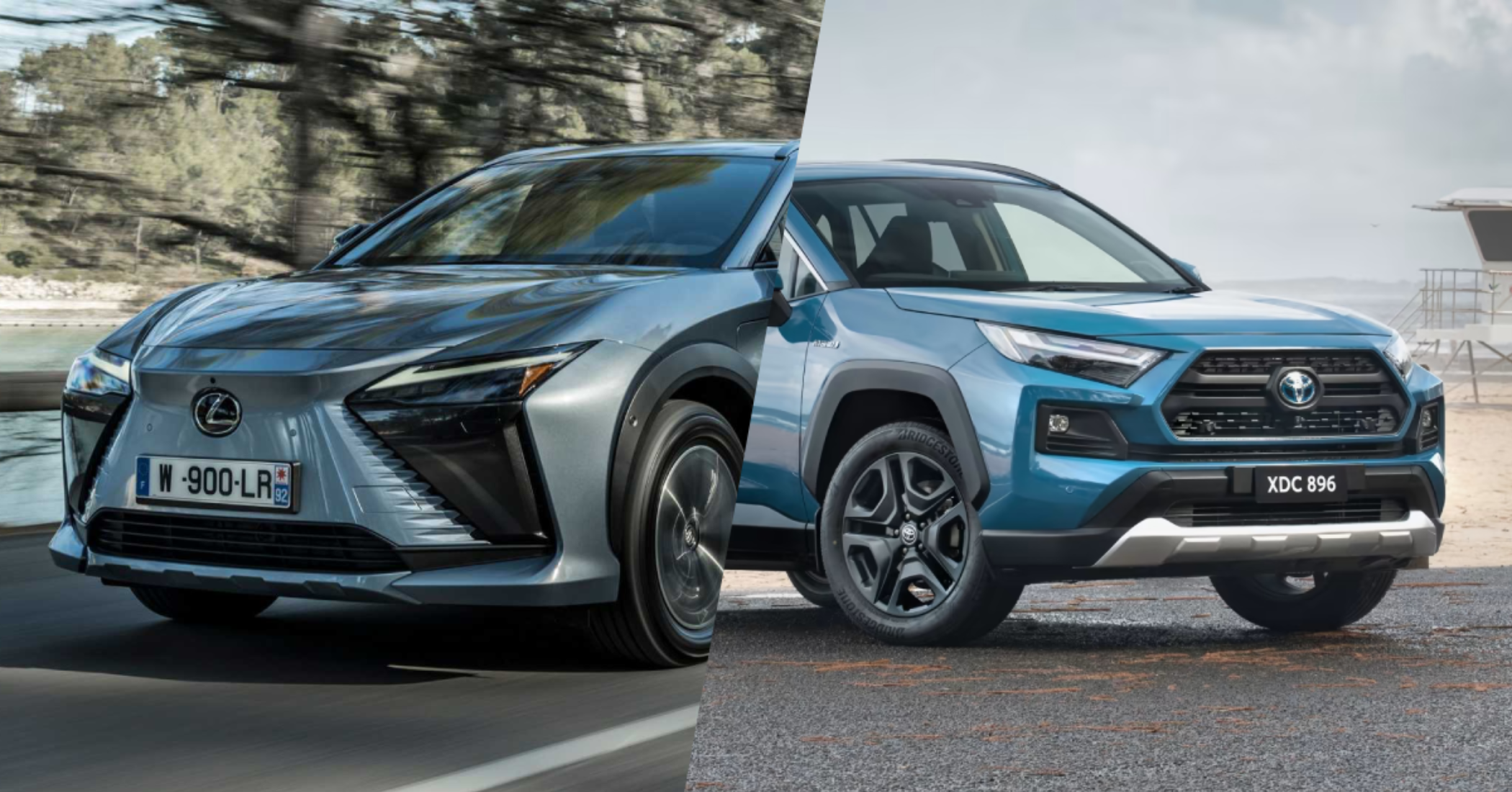
Creating a brand that people love and connect with is much like building a house. Just as a house’s architecture determines its structure, style, and personality, brand architecture shapes the way customers perceive and interact with your brand. At its core, brand architecture organises a company’s offerings and how it presents itself to the world. There are three main types of brand architecture: Branded House, House of Brands, and Hybrid or Endorsing Brand. Let’s explore each one to understand how they contribute to creating a brand personality that resonates with people.
Branded House
A single, strong brand that serves as an umbrella for all its products or services, without much distinction between them – that’s the Branded House. In this model, the parent brand’s reputation shines through every offering, creating a cohesive and consistent brand experience.
Apple is a classic example, where products like the iPhone, iPad, and MacBook all carry the Apple brand prominently, leveraging its reputation for innovation and quality. This architecture is great for companies with a strong, singular brand message they want to communicate across all products.
Google exemplifies this model well. Whether it’s Google Search, Google Maps, or Google Drive, each product carries the Google name and leverages the brand’s reputation for innovation and reliability. This unified approach strengthens brand recognition and loyalty by ensuring that the brand’s values and personality are evident in every interaction with consumers.

A Branded House structure streamlines brand management and promotes a unified image that can strengthen brand recognition and loyalty. By focusing all marketing efforts under one dominant brand, businesses can efficiently allocate resources and maintain consistent messaging. This unity ensures that the brand’s core values and identity resonate clearly across all products or services, creating a seamless customer experience that can enhance trust and loyalty.
House of Brands
On the flip side, the House of Brands architecture is like having a neighborhood where each house has its own distinct design and personality. Companies like Procter & Gamble operate under this model, owning a variety of brands like Gillette, Pampers, and Head & Shoulders among others, each with its own identity and target market. This approach allows companies to cater to diverse customer segments and needs without diluting or confusing the main brand’s identity. It’s ideal for businesses with a wide range of unrelated products or services, each requiring a unique branding strategy.

The House of Brands architecture allows for targeting diverse markets and customer segments with precision, as each brand under the parent company can cultivate its unique identity and positioning. This flexibility enables companies to cater to different consumer needs without risking brand dilution. It’s particularly advantageous for corporations with a wide range of products, enabling them to dominate multiple market niches simultaneously while minimising the risk of cross-brand cannibalisation.
Hybrid or Endorsing Brand
The Hybrid model, also known as the Endorsing Brand, is a blend of the Branded House and House of Brands. It allows individual brands to have their own personality and target audience while still benefiting from the parent brand’s umbrella.
Think of Toyota and its luxury division, Lexus. Lexus operates with its own identity, targeting a different market segment, but it’s still endorsed by Toyota, benefiting from its reputation for reliability. This architecture offers a balance, providing flexibility to explore diverse markets while maintaining a connection to the core brand values.

The Hybrid model offers the best of both worlds, combining the overarching strength of a parent brand with the targeted appeal of individual sub-brands. This approach allows businesses to leverage the reputation and trust of the parent brand while providing sub-brands the flexibility to innovate and tailor their offerings to specific market needs. It’s particularly effective for expanding into new markets or categories, as it provides a safety net of the parent brand’s equity to support the sub-brand’s growth.
Why Brand Architecture Matters
Choosing the right brand architecture is crucial because it directly affects how customers perceive and engage with your brand. It influences marketing strategies, brand development, and even how a company expands its product lines or enters new markets. A well-structured brand architecture helps avoid customer confusion, leverages brand equity across products, and streamlines marketing efforts.
A brand people love is not just about a logo or a catchy tagline; it’s about creating a personality that resonates on a personal level with its audience. By carefully considering its brand architecture, a company can ensure that its brand’s personality shines through, whether it’s a reliable presence in every aspect of a customer’s life, a diverse neighborhood of trusted products, or a family of brands with a common lineage. The goal is to make your brand not just recognised, but beloved and chosen, time and time again.
Edited by Roshni Manghnani


![Read more about the article [Funding alert] Sense raises $50 M led by SoftBank Vision Fund 2](https://blog.digitalsevaa.com/wp-content/uploads/2021/11/H1-2018-FEATURE-IMAGE2-1632382493946-300x150.png)

![Read more about the article [Funding alert] AI-led startup Builder.ai raises $100M in Series C round led by Insight Partners](https://blog.digitalsevaa.com/wp-content/uploads/2022/03/builder-1648633035484-300x150.png)




![Read more about the article [Funding alert] Stelis concludes $195 M Series B, C fund raise](https://blog.digitalsevaa.com/wp-content/uploads/2021/03/Eajz3g3UMAAI0aX-1608619243276-300x150.jpg)
